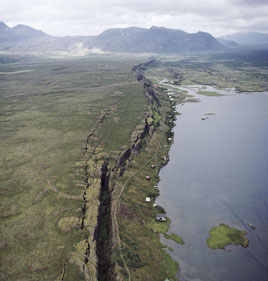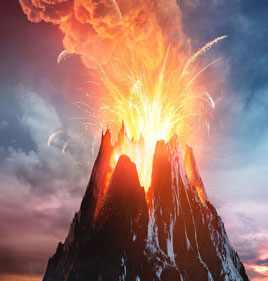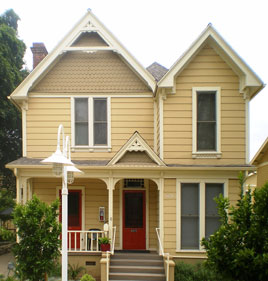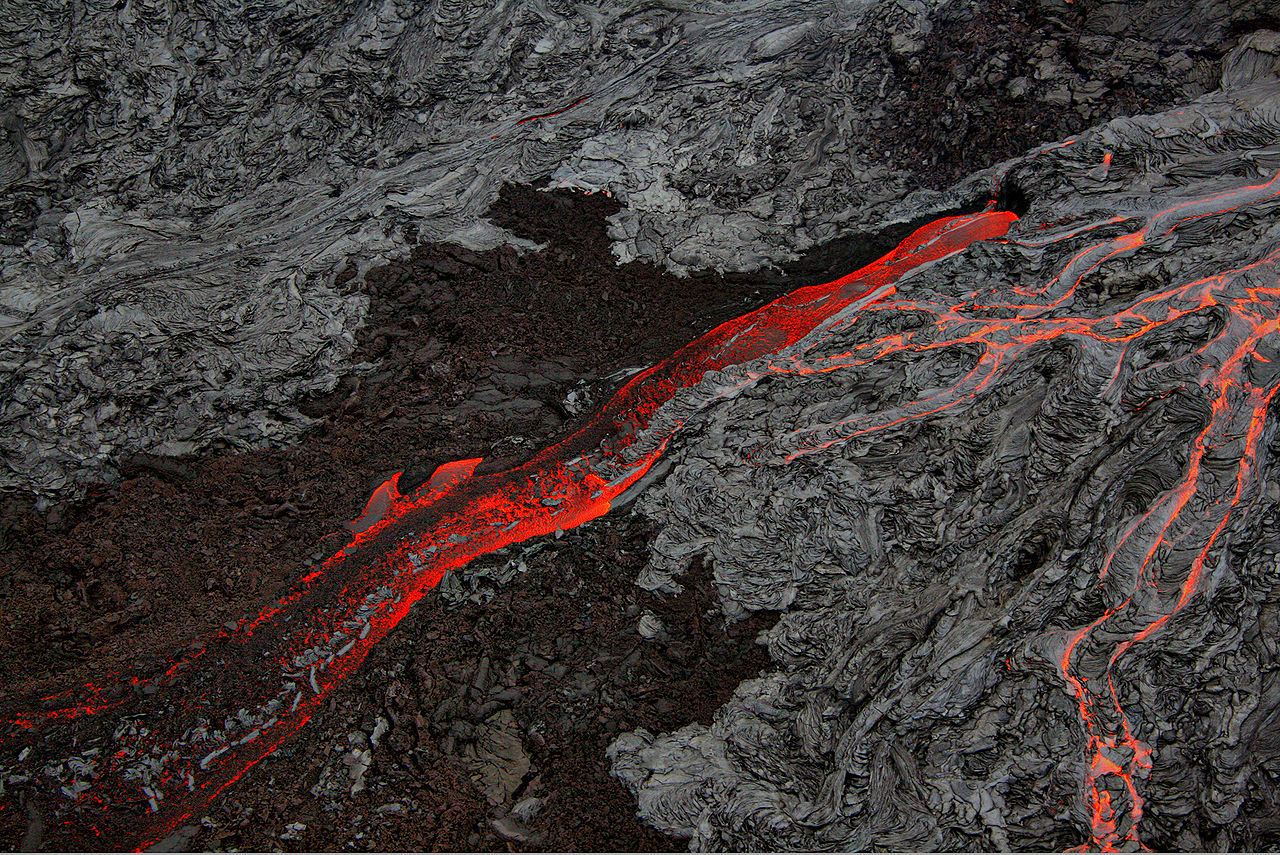



 What is lava?
What is lava?
![]()
![]()
The equation for
Newton's Law of Cooling is really useful in
determining how something will cooldown
overtime. However, it is important to remember
that just because something is cooling down,
does not mean that energy is being loss. In
the context of just the lava the energy is
being lost, but when considering the
surrounding, energy is simply being
transferred.
